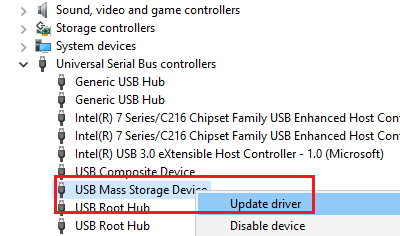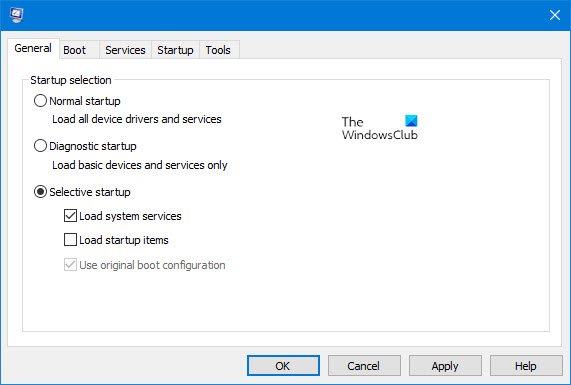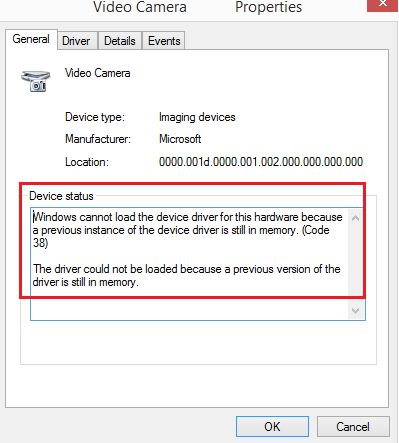When external devices like printers, scanners, etc. are connected to a Windows 11/10 system, the device either pushes the drivers through the USB (or any other post), or the user is expected to install the drivers through external media. In both cases, the driver loads in the system, after which we can use the device. However, in some cases, you may see the following error in the device properties or Device Manager:
Windows cannot load the Device Driver for this hardware because a previous instance of the Device Driver is still in memory (Code 38).
Error Code 38 indicates that a Windows driver couldn’t load because a previous instance remains active. To resolve this, restart your computer by selecting Restart from the Shut Down menu under Start. This action refreshes the system and clears any lingering driver instances, helping to ensure smooth driver operation.
Error Code 38, Windows cannot load the Device Driver for this hardware, Previous instance is in memory
If you receive this error Windows cannot load the device driver (Code 38) in the Device Manager, it means that a previous instance of the device driver is still in memory. Every time a device is used, the driver is loaded into memory, and then unloaded. This error may occur if the OS loads the unwanted driver or fails to unload the driver. The causes behind this issue could be as follows:
- An obsolete version of the driver is still installed on the system.
- The USB drivers might not be updated.
- Third-party programs might be interfering with the installation.
The easiest way to resolve this issue is to reboot your Windows 11/10 computer. This way the OS will completely offload everything from memory and start fresh. This post explains the difference between Reboot, Restart and Reset.
If that does not help, proceed with the following solutions:
- Uninstall previously installed drivers and reinstall the newer version from the manufacturer’s website
- Run the Hardware and Devices Troubleshooter
- Re-install USB drivers
- Troubleshoot the system in Clean boot
1] Uninstall previously installed drivers and reinstall the newer version from the manufacturer’s website
This error in this discussion is pretty common while loading drivers for printers and scanner. One reason is that their software and drivers come along with a package, usually in an external media (CD/DVD). Thus, when users install the software package, there’s a chance that a newer version has been launched by the manufacturer.
In such a case, uninstall the previously installed driver package, download the drivers from the manufacturer’s website and install it.
Read: A driver can’t load on this device in Windows 11
2] Run the Hardware and Devices Troubleshooter
The Hardware and Devices Troubleshooter will verify problems related to hardware connected to the system (especially external ones) and fixes the issue is possible.
Go to Start > Settings > Updates & Security > Troubleshoot. Run the Hardware and Devices Troubleshooter from the list.
3] Re-install USB drivers

USB drivers can be updated from the Device Manager. Press Win + R to open the Run window and type the command devmgmt.msc. Press Enter to open the Device Manager.
Expand the list for USB drivers, right-click on each of the drivers, and select update driver.
4] Troubleshoot the system in Clean Boot

In case any third-party software is causing interference, running the system in Clean Boot could help. The purpose is to make sure that another program that uses a similar driver doesn’t trigger the same at startup. While in Clean Boot State, you could also manually troubleshoot the issue further.
PS: You may also Turn off Memory Integrity setting if Windows cannot load a driver and see if that helps.
More Device Manager Error Code & their solutions here.
How do you solve A driver cannot load on this device?
To solve the “A driver can’t load on this device” issue, update the driver through Device Manager. Right-click the device, select ‘Update Driver’, and choose ‘Search automatically for drivers’. If the problem persists, uninstall the driver and restart your device.

Leave a Reply